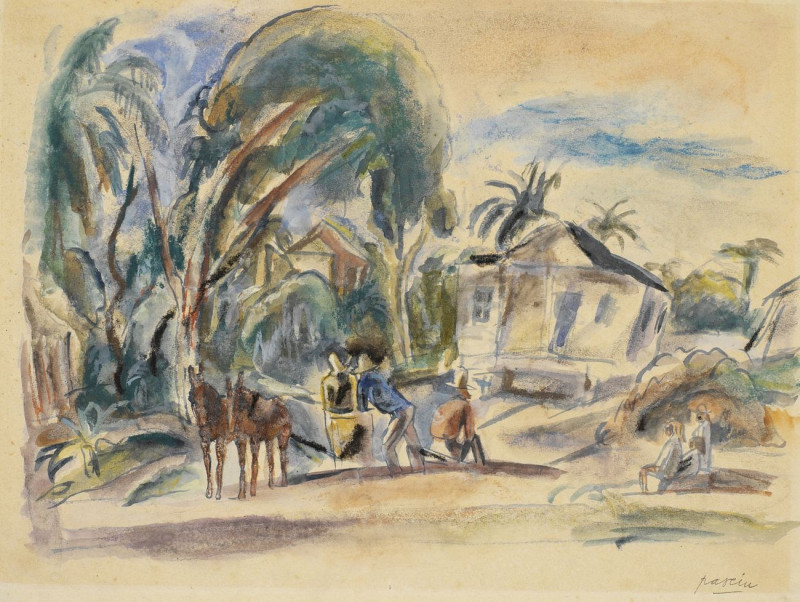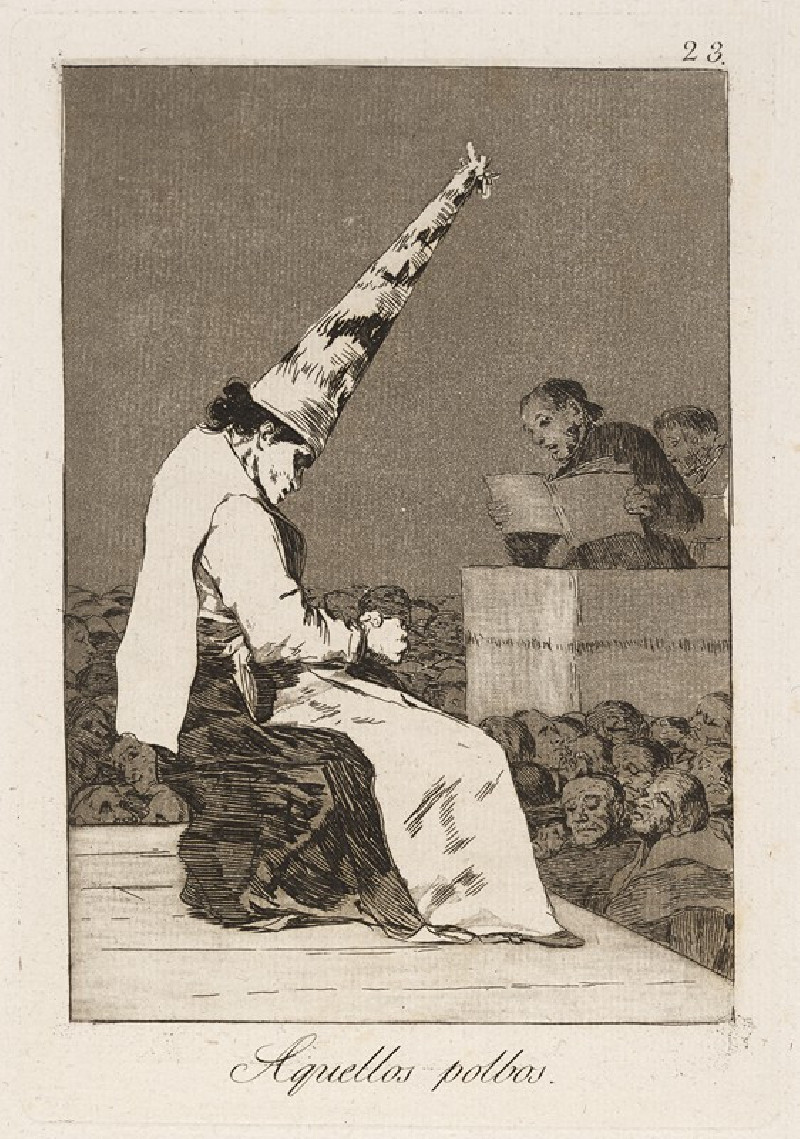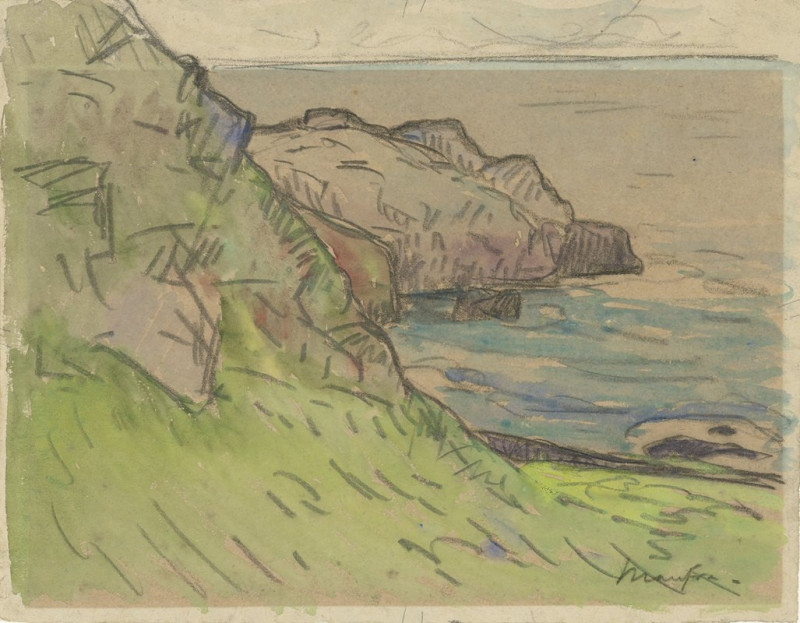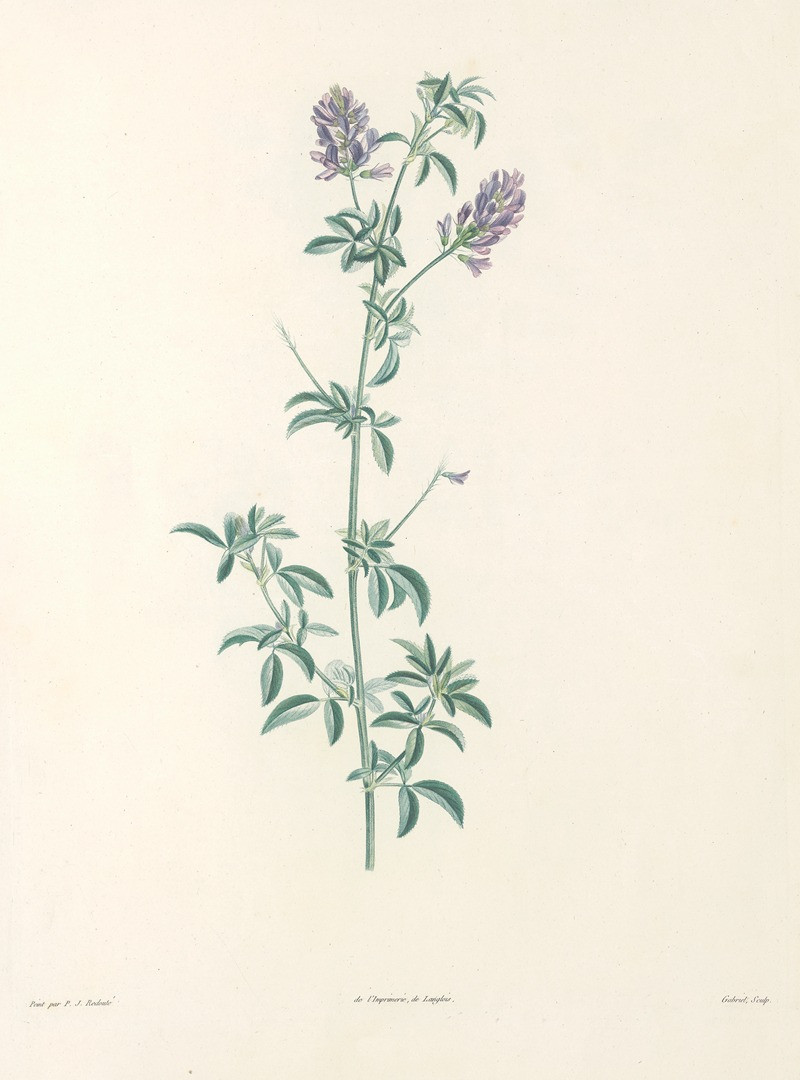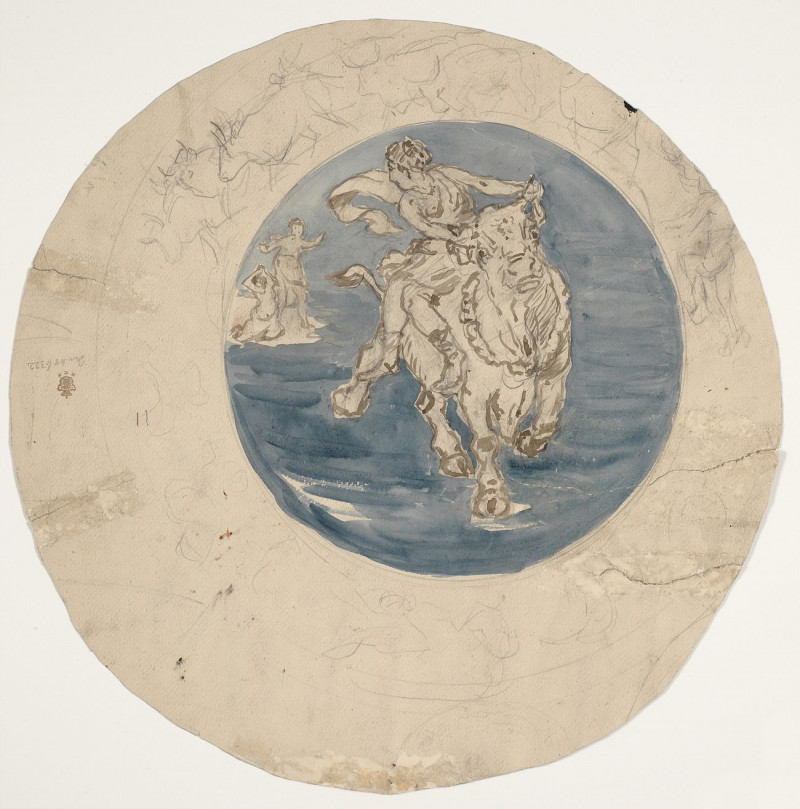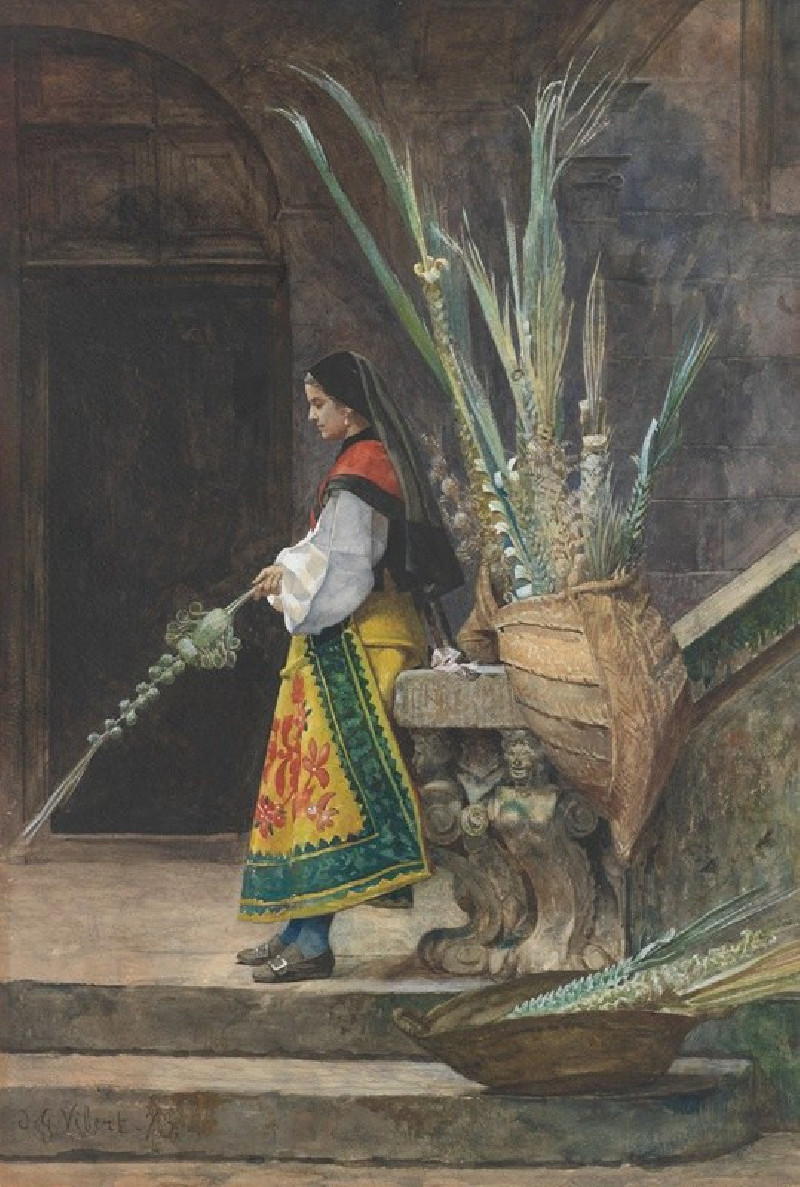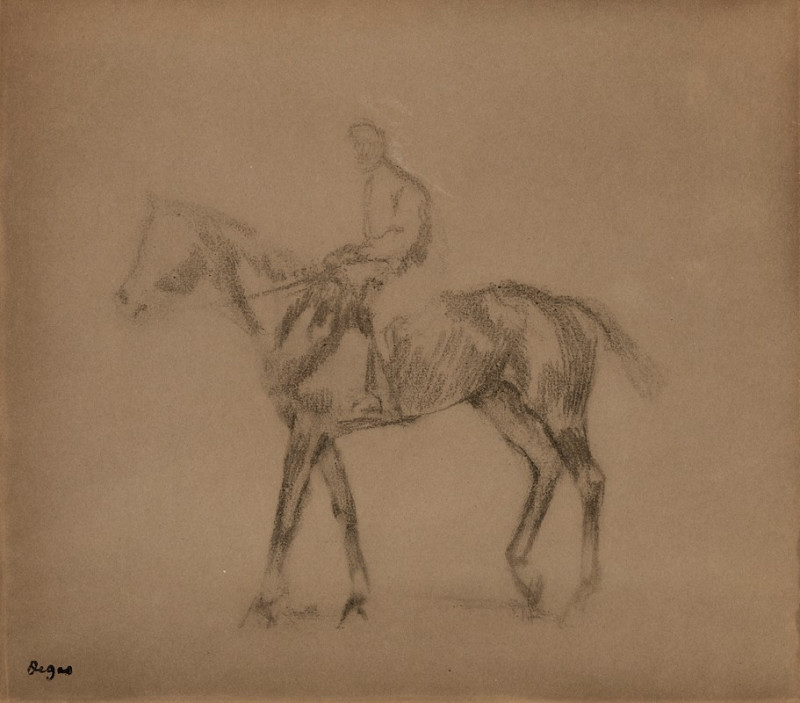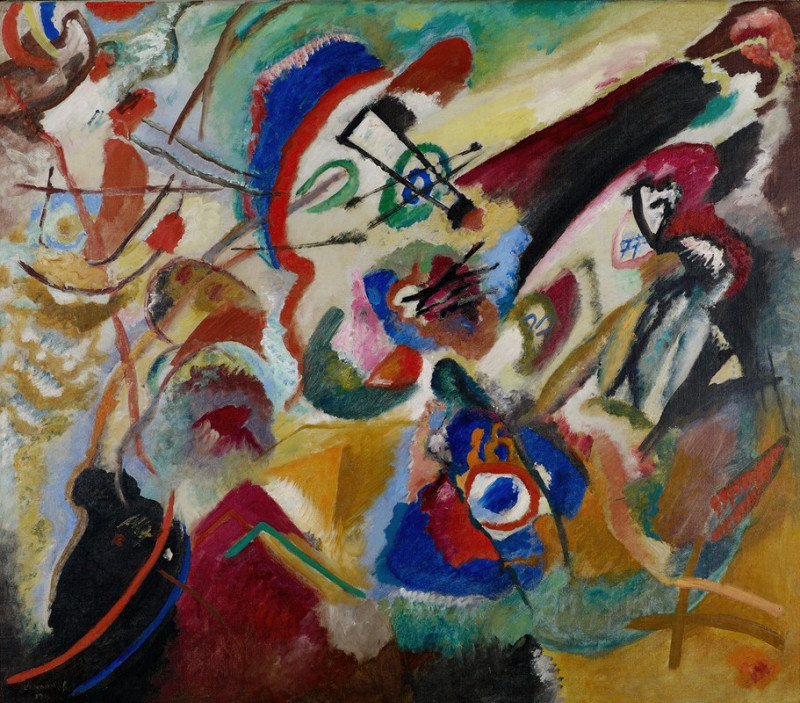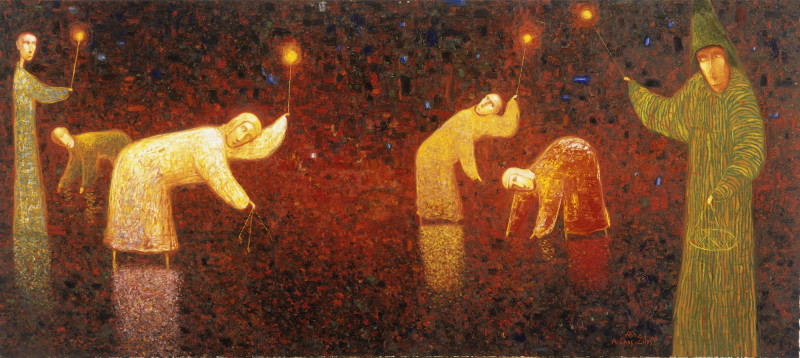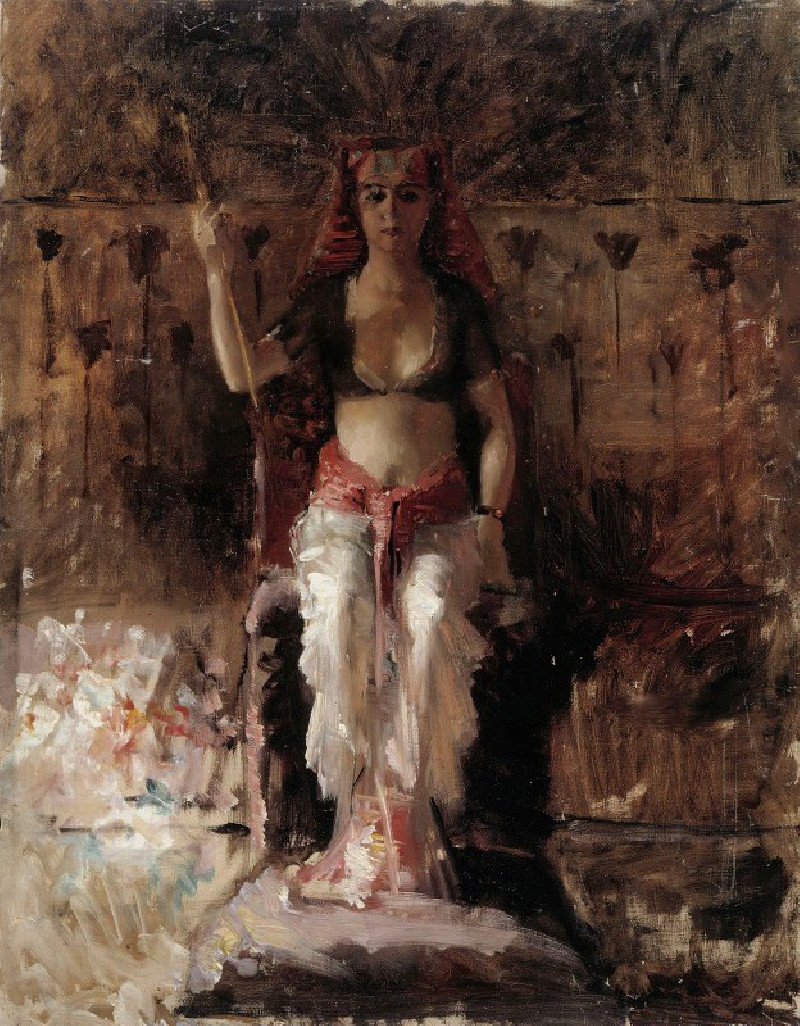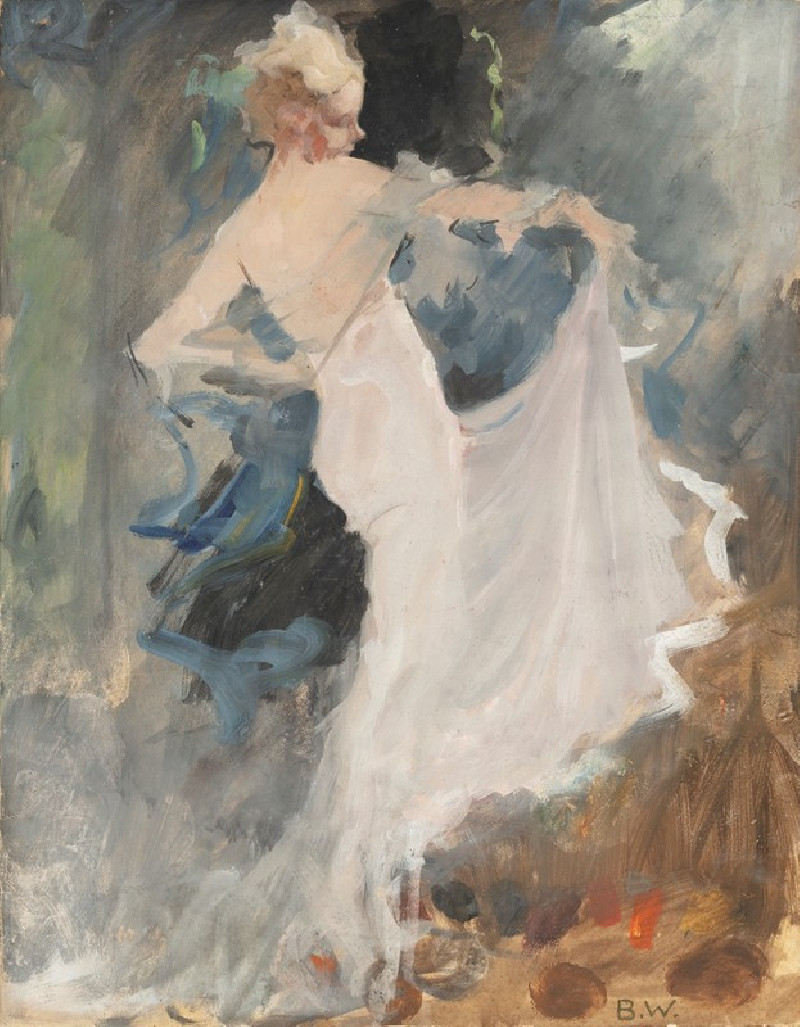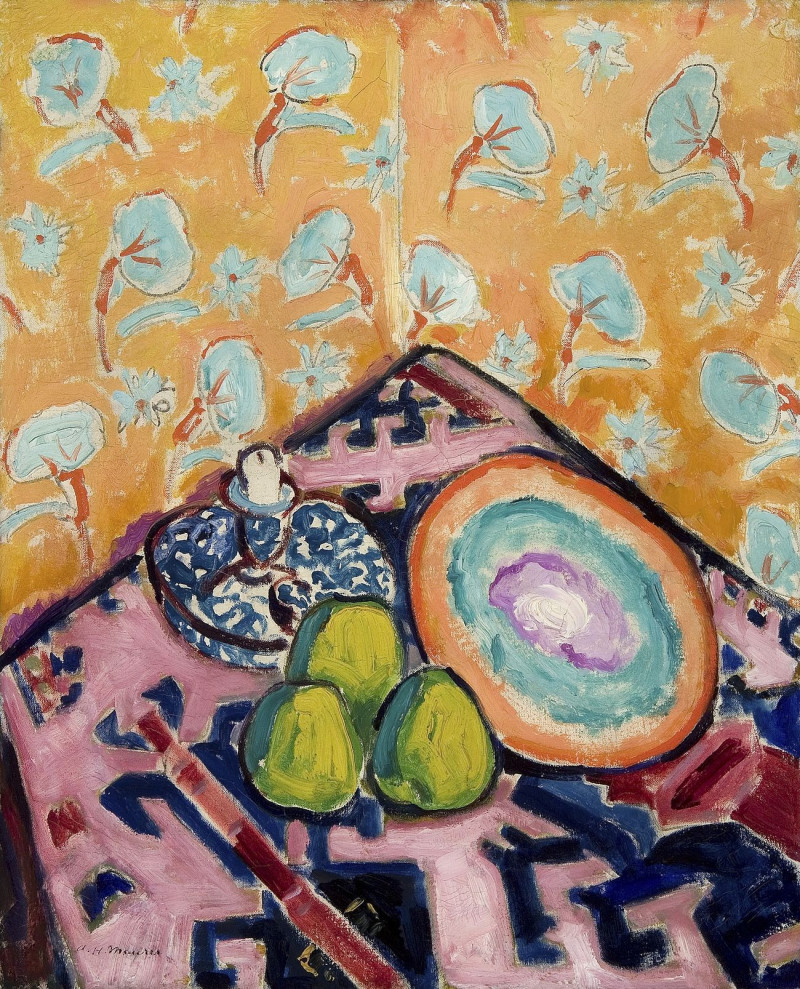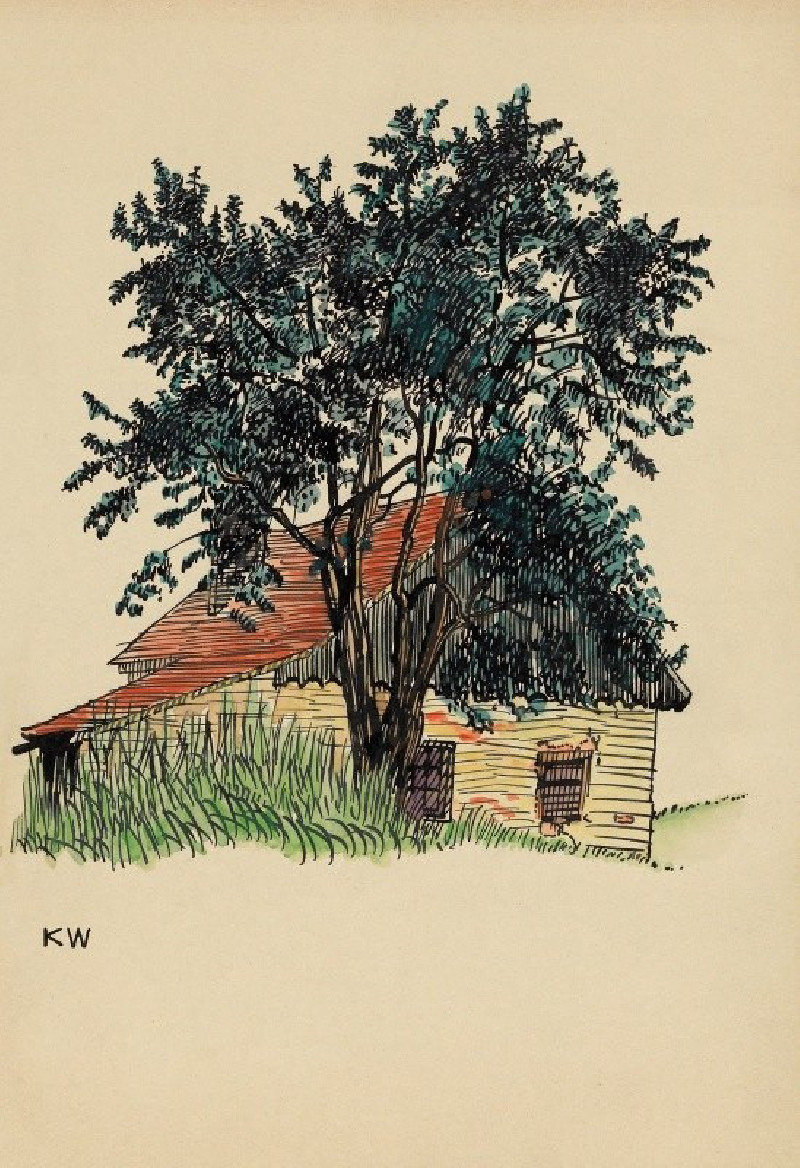Weiblicher Akt (1912)
Technique: Giclée quality print
Recommended by our customers
More about this artwork
"Weiblicher Akt" (1912) by Ernst Ludwig Kirchner is a captivating example of expressionist art that pushes the boundaries of traditional figure painting. In this artwork, Kirchner employs a rapid, sketch-like technique to portray a female nude. The lines are dynamic and vigorous, suggesting movement and adding a raw, emotional depth to the composition.The figure is represented with a series of swift, confident strokes, which while abstract, skillfully capture the essence of the human form. The background and other elements within the painting are equally gestural, creating an environment that seems almost in flux around the central figure. This use of line and composition exemplifies Kirchner's ability to convey emotion and intensity through minimal detail."Wieblicher Akt" reflects Kirchner’s interest in depicting the human body in new and innovative ways, challenging conventional norms of beauty and form.
Delivery
Returns
Ernst Ludwig Kirchner (1880–1938) was one of the most important German Expressionist painters. He was a co-founder of Die Brücke, a group of German expressionist artists formed in Dresden in 1905. Die Brücke and Kirchner took inspiration from Vincent Van Gogh and Edvard Munch, as well as African and Oceanic art. They used woodblock printing as a medium to showcase their signature style: flat, unrealistic images with vivid colors. The recurring themes in Kirchner's artworks included exotic cultures, faraway landscapes, self-portraits, dancers and Berlin street life. His paintings and prints effectively portrayed non-European cultures despite the fact that he never traveled outside of Europe.

































